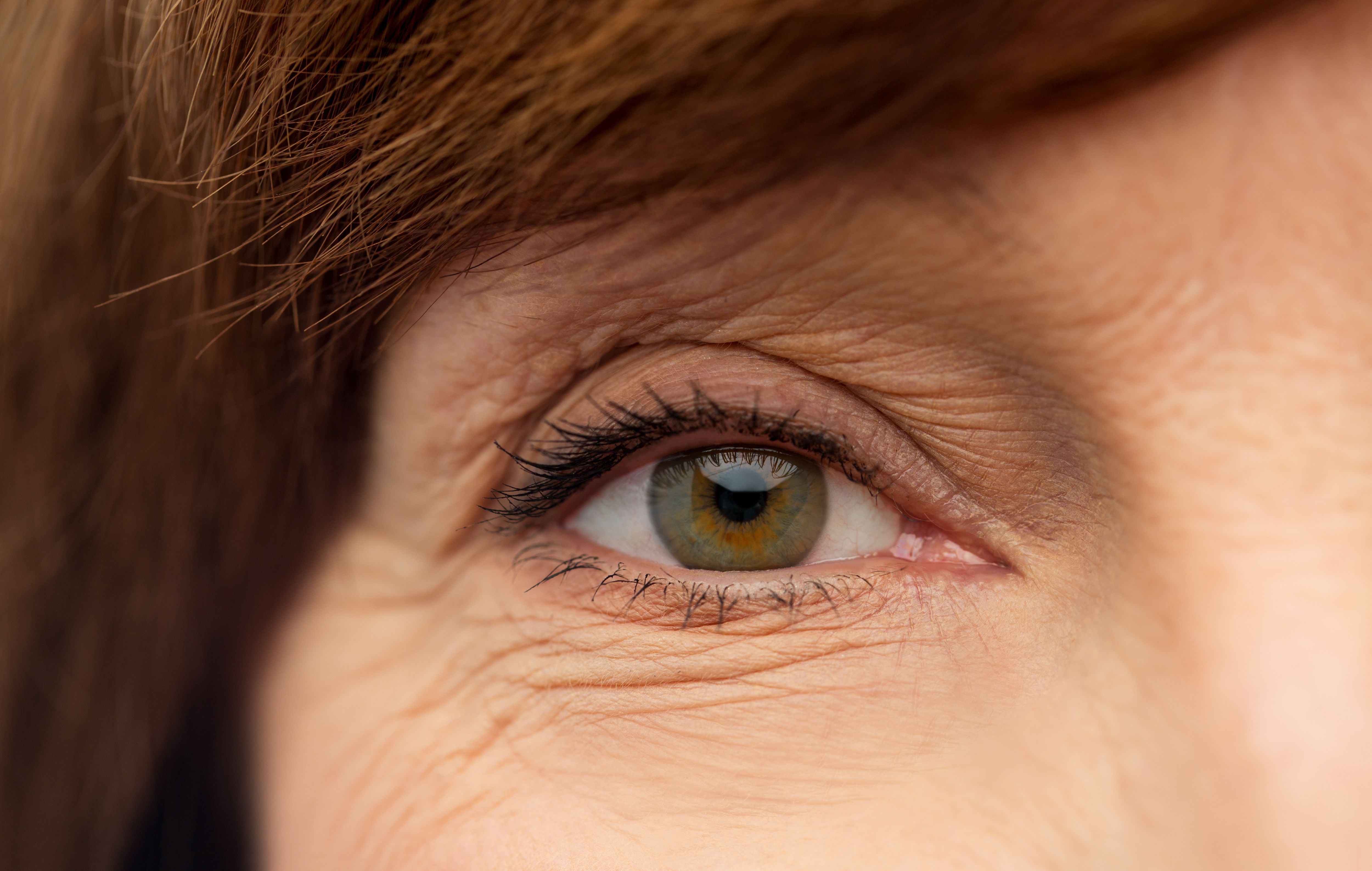- Center on Health Equity & Access
- Clinical
- Health Care Cost
- Health Care Delivery
- Insurance
- Policy
- Technology
- Value-Based Care
Higher Rate of Diabetic Retinopathy Found in Patients With LEP
Patients with limited English proficiency (LEP) who presented for cataract surgery had a higher rate of diabetic retinopathy compared with patients with English proficiency.
Patients who presented for cataract surgery and also had limited English proficiency (LEP) were more likely to have diabetic retinopathy (DR) compared with patients who were proficient in the English language. Understanding how language disparities affect health could help to improve health care in patients with LEP, according to a study published in Translational Vision Science & Technology.
There are an estimated 67.3 million people in the United States who speak languages besides English in their own homes, according to the 2018 census. Approximately 9% of the US population consists of people with LEP. Patients with LEP are less likely to attend primary care visits, have routine vaccines, get health care screenings, and have less access to medical appointments and poorer comprehension of health encounters. Management of chronic health conditions is affected by these health disparities. This study was conducted to evaluate the relationship between health care outcomes and LEP in ophthalmology.
Eye of senior woman | Image credit: Syda Productions - stock.adobe.com

The researchers used the Cataract Surgery Outcomes Database from the University of Colorado School of Medicine for this study. Patients who had undergone a cataract surgery starting in 2014 were included in the database. Patients with LEP were identified with the electronic medical record from Epic Systems Corporations. Patients who preferred or needed the use of an interpreter in medical situations were classified as having LEP. Patients were included if they had cataract surgery between January 1, 2014, and February 24, 2020. Demographic data was collected for all patients.
There were 12,722 EP eyes and 68 LEP patient eyes included in the database. Patients with LEP were less likely to be Caucasian (14.6% vs 77.2%) and more likely to be Hispanic (39.3% vs 6.7%) compared with patients with EP. Patients with LEP were also more likely to be women (63.6% vs 57.8%), older (70.0 vs 68.9 years), and had worse visual acuity (mean logMAR, 0.566 vs 0.366) compared with patients with EP.
Patients with LEP were more likely to have type 2 diabetes (44.9% vs 21.5%), macular edema (9.8% vs 2.9%), and DR (18.1% vs 5.8%) compared with patients with EP at the time of cataract surgery. Patients with LEP were more likely to have type 2 diabetes after controlling for age, race, sex, and health insurance with an odds ratio (OR) of 1.5 (95% CI, 1.2-1.9); the same could be said of macular edema (OR, 5.7; 95% CI, 1.2-27.3) and DR (OR, 2.0; 95% CI, 1.5-2.8).
Patients who were Hispanic and had LEP were more likely to be older (67.8 vs 64.5 years) and have worse visual acuity prior to cataract surgery (mean logMAR, 0.647 vs 0.527) compared with those who had EP. Patients who were Hispanic were also more likely to have type 2 diabetes (55.7% vs 45.3%), macular edema (16.2% vs 9.7%), and DR (31.8% vs 21.8%). Asian patients with LEP were more likely to be older (71.4 vs 69.0 years) compared with patients with EP. Although Asian patients were more likely to have type 2 diabetes, macular edema, and DR, none of the results were statistically significant.
A total of 17.6% of eyes with DR were from patients with LEP. Anti-vascular endothelial growth factor injections were more likely in patients with DR and LEP (34.4% vs 23.5%) and had increased odds after adjusting for age (OR, 1.7; 95% CI, 1.0-2.6). Patients with LEP also had higher odds of having later stages of DR (OR, 3.0; 95% CI, 1.6-5.8).
There were some limitations to this study. Determining whether a patient had LEP was reliant on having information entered in the electronic health record that designated a need for an interpreter. Patients with LEP in this academic institution may not be generalizable to other practices. This study did not capture whether a family member or physician who was language-concordant was in the room with the patient with LEP during a medical visit. Data collection was done through chart review, which could limit the information on demographic data.
The researchers concluded that their study found that LEP was associated with higher rates of type 2 diabetes, DR, and macular edema, as well as intravitreal injections and worse visual acuity prior to cataract surgery.
“Future studies are needed to better outline the root causes of these disparities,” wrote the researchers.
Reference
Gill ZS, Marin AI, Caldwell AS, et al. Limited English proficiency is associated with diabetic retinopathy in patients presenting for cataract surgery. Transl Vis Sci Technol. 2023;12(10):4. doi:10.1167/tvst.12.10.4
